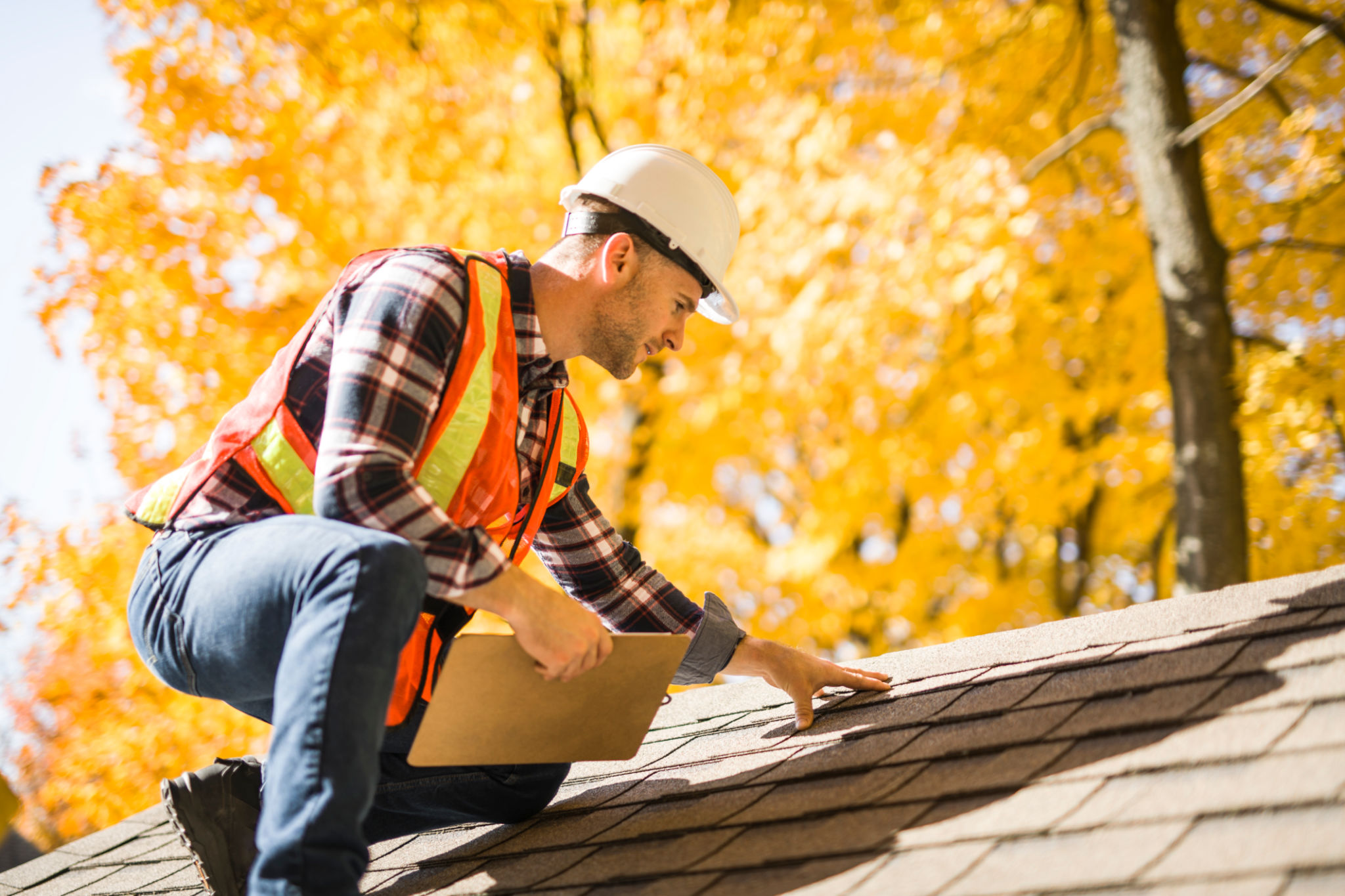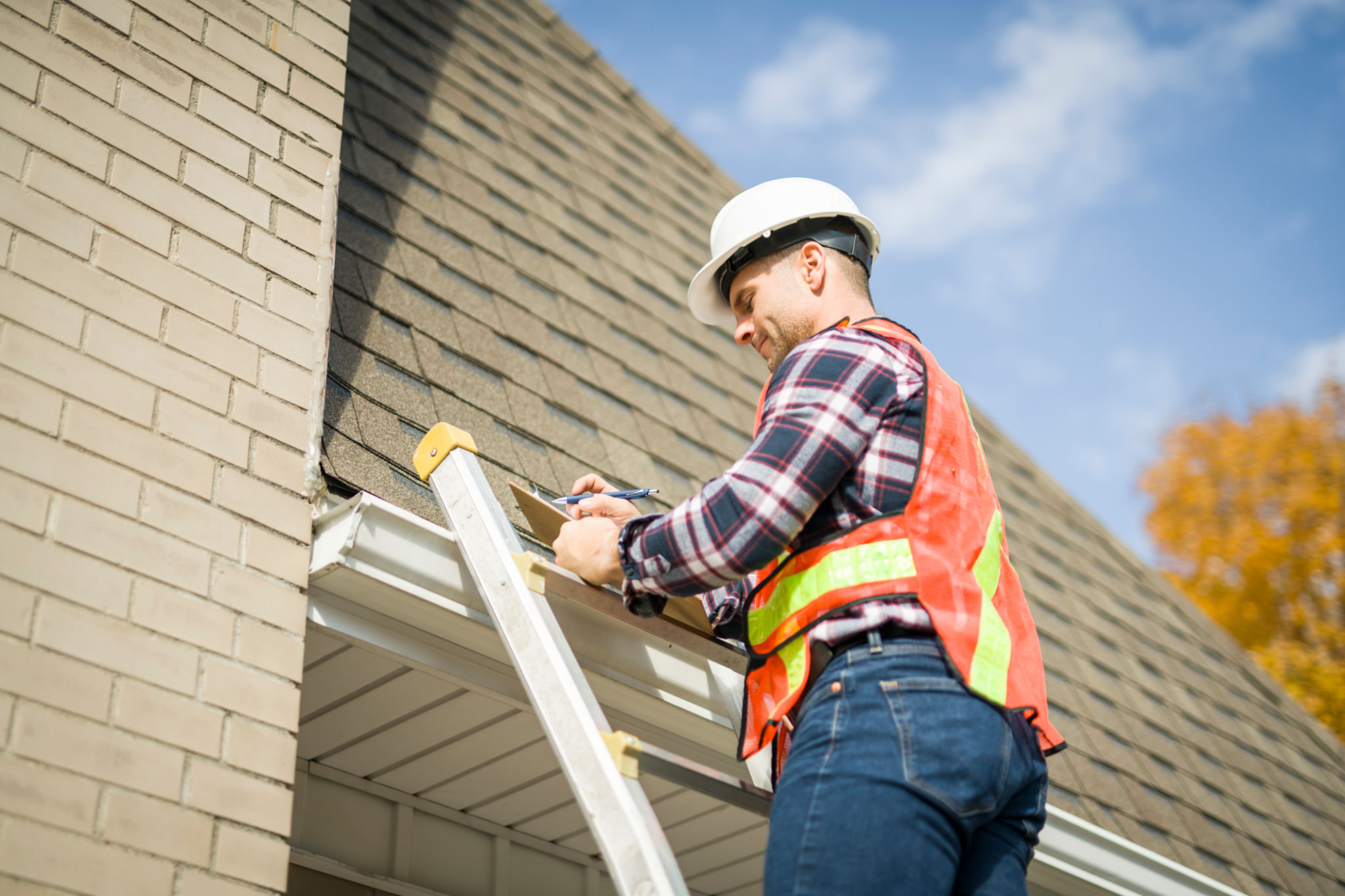DIY Roof Inspection Tips from Wisconsin's Roofing Experts
Why Regular Roof Inspections Are Crucial
Maintaining the integrity of your roof is essential for protecting your home from the harsh elements. In Wisconsin, where weather conditions can be unpredictable, regular roof inspections are crucial. A thorough inspection can help identify potential problems early, preventing costly repairs down the line.
DIY roof inspections can be a practical approach for many homeowners. Not only do they save you money, but they also give you a better understanding of your roof’s current condition. With just a few tools and safety measures, you can effectively assess your roof for any signs of damage.

Essential Safety Precautions
Before you begin your DIY roof inspection, safety should be your top priority. Make sure to use a sturdy ladder and have a spotter to hold it steady. It's also wise to wear non-slip shoes and a safety harness if possible. Avoid inspecting the roof during wet or windy conditions to prevent accidents.
Always be aware of your surroundings while on the roof, and avoid stepping on weak spots that might give way under your weight. If at any point you feel uneasy or unsafe, it's best to call in a professional for assistance.
What to Look For During Your Inspection
When inspecting your roof, there are several key areas to focus on. Start by looking for missing or damaged shingles, which can lead to water infiltration. Pay special attention to valleys and areas around chimneys and vents, as these are common spots for leaks.
Check for signs of algae or moss growth, which can indicate moisture retention and potential damage over time. Additionally, look for any sagging areas that might suggest structural issues. Regularly clearing debris such as leaves and branches can also prevent moisture buildup and damage.

Inspecting Gutters and Downspouts
Gutters and downspouts play a crucial role in directing water away from your home. During your inspection, ensure that these components are clear of debris and in good condition. Clogged gutters can cause water to back up and seep under the roofing material, leading to leaks.
Check for any signs of rust or deterioration in metal gutters, and make sure downspouts are securely attached and directing water away from your foundation. If you notice any issues, address them promptly to avoid further damage.
When to Call in the Experts
While DIY inspections are valuable, there are times when professional expertise is necessary. If you encounter significant damage or are unsure about the condition of certain areas, hiring a professional roofing contractor is recommended. They have the tools and experience needed to conduct a comprehensive assessment and provide appropriate solutions.

In Wisconsin, where seasonal changes can be extreme, scheduling a professional inspection at least once a year can be a wise investment. This not only ensures your roof is in top condition but also provides peace of mind knowing that your home is protected.
Conclusion: Stay Proactive
Regular roof inspections, whether DIY or professional, are essential in maintaining the longevity and performance of your roof. By being proactive and addressing minor issues before they escalate, you can save time and money while ensuring your home remains safe and secure against the elements.
For Wisconsin homeowners, understanding the importance of regular maintenance and knowing when to seek professional help is key to safeguarding one of your most valuable assets—your home.